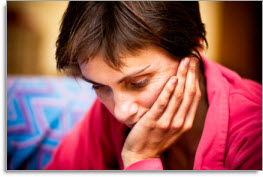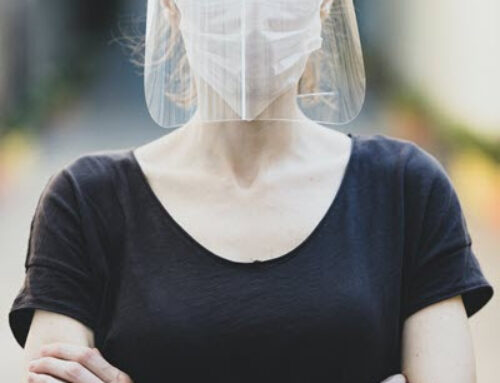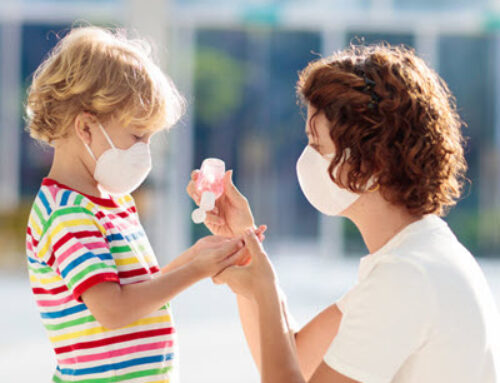 Think of depression not as a diagnosis, but instead as a cluster of symptoms with many possible causes.
Think of depression not as a diagnosis, but instead as a cluster of symptoms with many possible causes.
Possible causes of clinical depression:
- Psychosocial stressors. Often referred to as reactive depression, individuals have difficulty adjusting to troublesome environmental stimuli such as a recent divorce, job loss or the death of a family member or close friend.
- Biological. These depressions typically emerge in the absence of precipitating psychosocial events. They are considered endogenous in nature and are associated with physiological changes in the body’s system. They often present with one or more of these core symptoms: change in appetite, altered sleep patterns, thought slowdown accompanied by slowed physical movements, an inability to experience pleasure and a decrease in libido.
- Medically based. Diabetes and hypothyroidism are two common culprits causing depression, with the latter implicated in as many as 10 percent of all severe depressions. Interestingly, medical causes of depression are often first considered in therapy offices – not doctor’s offices.
- Prescription medication induced. Beta-blockers, corticosteroids, benzodiazepines, opiates and anti-Parkinson’s medications have all been linked to influencing depression.
- Hormonal. This goes for both women and men. Progestin and estrogen fluctuations in women as well as low testosterone counts in aging men are implicated in depression.
- Substance abuse. Illicit drug use complicates every aspect of assessing and treating depression.
There are six (6) treatment modalities for depression:
- Psychotherapy or counseling. There are numerous methods and approaches. Cognitive-behavioral techniques have long been revered in the treatment of depression.
- Psychotropic medication management. Monotherapy and augmentation strategies are routinely employed. Augmentation often results in polypharmacy, making for a real mess.
- Bright light therapy. Although most often linked to the treatment of seasonal affective disorder, any depressed person can benefit from 30 minutes to 2 hours of bright sunlight or artificial light (via specially constructed light boxes) per day.
- Diet. Irrefutable evidence supports the consumption of foodstuffs high in omega-3 fatty acids. These “good fats” can also be obtained through the regular use of oral supplements.
- Mechanical strategies. Electro-convulsive therapy, transcranial magnetic stimulation, vagal nerve stimulation and deep brain stimulation are most often reserved for severe, intractable depressions.
- Exercise. Of all the treatment modalities listed here, 30 minutes to 1 hour of moderately strenuous physical exercise consistently outperforms the others in terms of maintaining mood stability.
– Don’t be overly concerned about identifying specific depression subtypes. Subtypes are generally poor predictors of treatment response, so bogging down on their identification is a waste of precious time.
– Assess and treat for depression based on what you observe and hear from the client, but remain cognizant of the unreliability of information obtained via client self-report. The core symptoms of depression often lead patients to minimize, trivialize and omit facts that are pertinent to resolving their condition.
– The value of collateral information sources – particularly supportive family members – cannot be overestimated. Family members are our de-facto healthcare specialists. They can also help corroborate a possible genetic predisposition for depression within the family tree.
– Never impose your will on a client or profess to know what’s in their best interest from a treatment perspective. Doing so violates the covenant of client self-determination and will have you appear as a maternalistic or paternalistic practitioner. This will ultimately compromise and impede treatment progress.





Leave A Comment
You must be logged in to post a comment.